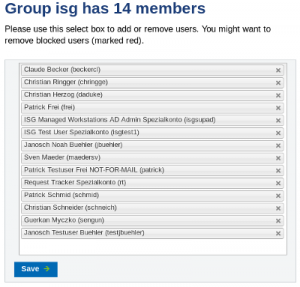The end of Windows 7 is coming…
The time has come to upgrade your Windows 7 computer to Windows 10
since extended support for Windows 7 ends on January 14, 2020 (Windows lifecycle).
Why can I no longer use Windows 7 on the ETH network after the end of 2019?
Only operating systems with security support by the vendor are allowed to connect to the ETH network.
Unsupported operating systems that no longer receive security updates render the computer vulnerable to threats like viruses, malware or hacker attacks and also pose a threat to other computers on the network.
What should I do now?
- If you are using an OEM computer with preinstalled Windows 7 for your daily work, please update it to Windows 10 by the end of this year, at the latest. The easiest way is to use the "Microsoft Media Creation Tool" available here.
This process is called "inplace upgrade". All applications and configuration settings should be kept. - If your computer is installed with the Windows 7 Enterprise license from ETH IDES, order Windows 10 Enterprise from the IT-Shop and use it for the upgrade.
- If your computer is located in a lab and needs to be highly available to collect measurement data, there is the possibility to use a Windows 10 LTSC version instead of the Enterprise version. Please contact your IT administrator within your group. He should be able to help you or can get in touch with us if he needs additional help. More details about the LTSC version are described on our readme page.
- If you think that you cannot upgrade your computer, please refer to our readme for possible solutions or contact us.
Note that at some point the network security group of Informatikdienste will start scanning for remaining Windows 7 computers at which point we will be forced to disconnect them from the network.

